This is the only very long page on the whole site... created mostly for audiophiles curious about "little anecdotes" in the history of audio :)
In Switzerland in the mid-90s, at the suggestion of Suren Erkman, a scientific journalist from the Journal de Genève who interviewed me for another magazine, I started to write a book on my journey in High-Fidelity and the sum of the experience.
Unfortunately, after I arrived in Montreal in 1996, a new virus erased my 375-page document... and the backup too! I never had time to rewrite the book. This page is a very condensed version, with only a fraction of the events experienced and the brands tested.

- 1978, Belgium
At 18 months old, an accident affected my sight. Between 3 years of age and 2021, I had more than a dozen eye operations, and I often have to wear dark glasses. The blind people I meet tell me that "I listen like them", intensely, "tactilely". This is perhaps what predisposed me to study music, and later to push my research in High-Fidelity so far, looking for a "holographic", realistic reproduction...
Education: Higher Humanities in Science; biology, organic chemistry, physics, mathematics, and in Arts and Letters: Latin, Greek, literature, philosophy.
Music school (in parallel): music theory, classical piano, especially Beethoven, Chopin, Debussy, Fauré.
Hi-Fi: I built my first loudspeakers when I was 17 or 18. They were good! Based on Philips loudspeakers, they accompanied me all the way to Switzerland. I also built my first amplifier, based on an Elektor kit. I'll never know how it sounded, as it blew soon afterwards. I also blew up the antique tube oscilloscope I had received to fix it, so the question remains open...
Note 2023: this magazine still exists, and still offers (!) electronic kits, which have been a fabulous way for me to familiarize myself with electronics!
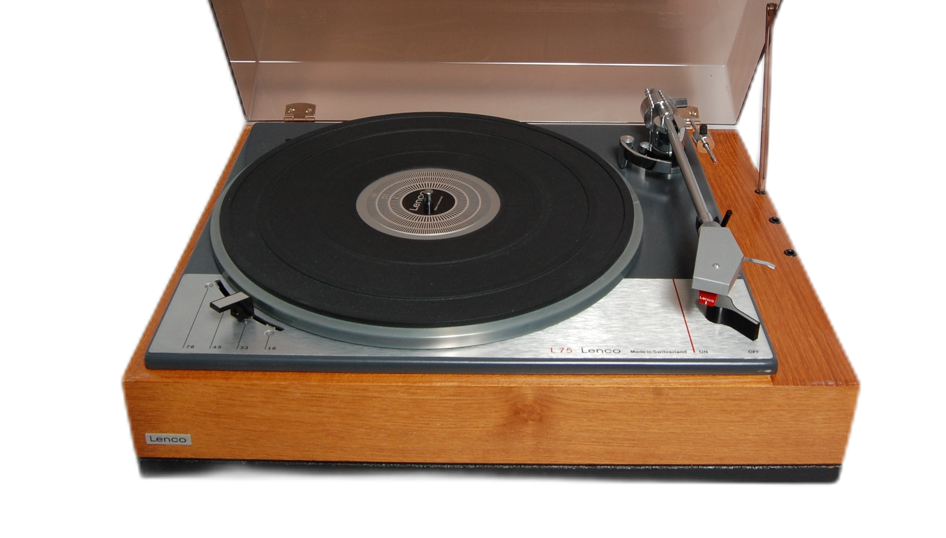
Lenco L75
I took a bicycle trip to Switzerland (1400 km round trip) to buy my first turntable, a Lenco L75... already, Swiss turntables!
I chose to study ecology at university... but it didn't exist yet as a subject. As a result, I had 2 years of physics as a free student at the ULB (quantum physics, because I was interested in "clean" fusion, and contemporary metaphysics).
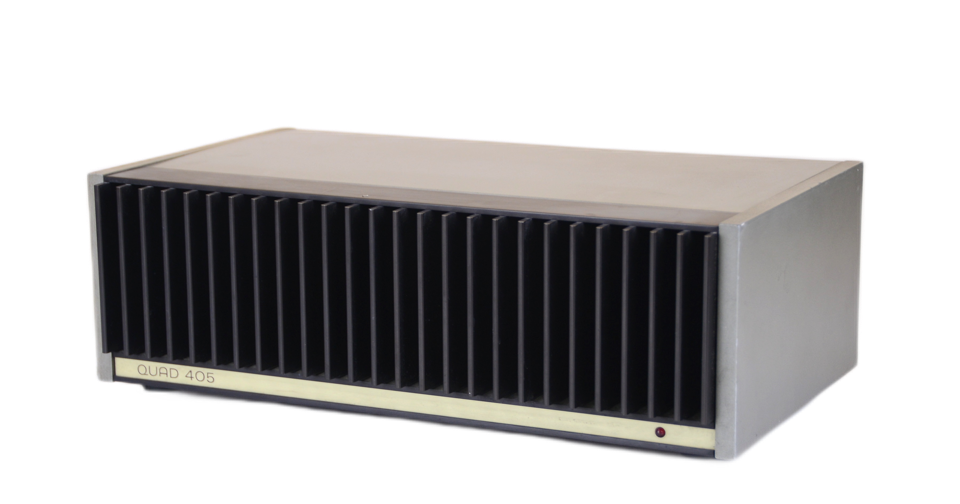
Quad 405
1979, Switzerland, Audio Consultant
This was my first professional involvement in Hi-Fi. Invited by a friend who said I would "have fun", I became an audio consultant in a store (Mafioly, in Lausanne).
I refused to sell the bad quality "rack systems" pushed by the management, and I ordered brands not endorsed by the company (Alpage, Nakamichi, Revox, Quad, McIntosh, Cabasse, IMF, Thorens) for my customers. The manager took a year to fire me because I brought them the best turnover, but pressure from colleagues who wanted their commissions on bad products became too strong. That year, some nicknamed them "Mafiosy". .. the passion of youth :)
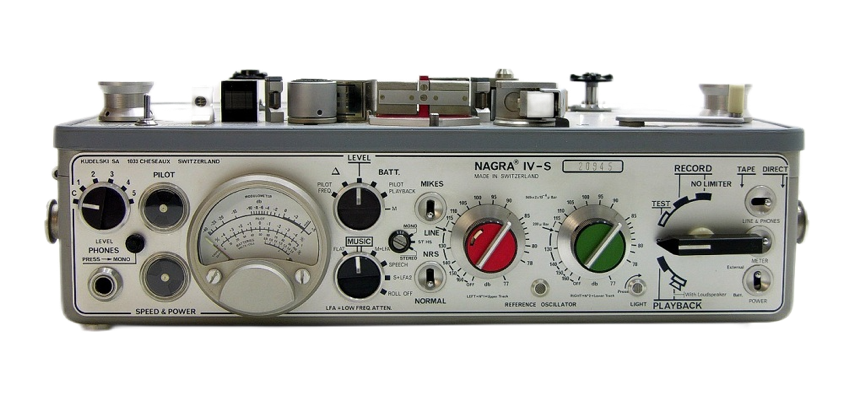
Nagra IV-S
I discovered binaural sound recording thanks to my new mentor Philippe Zumbrunn (Nagra IV-S, Neumann DN89, listening on McIntosh and ESS AMT Monitor) in his "wonderful attic", a real museum of high fidelity.
An experience that marked me for life...
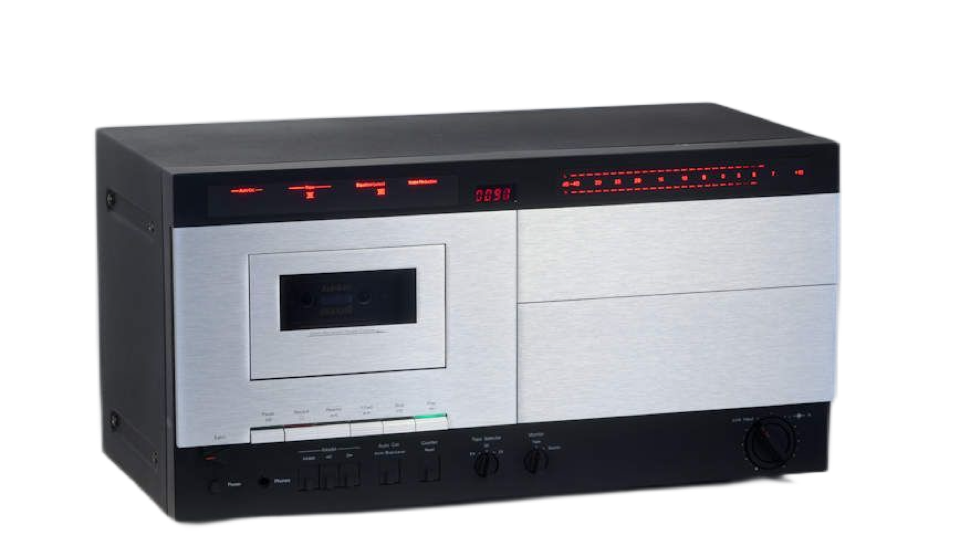
Nakamichi 700ZXL
From that era, I kept my Nakamichi 700 ZXL, its Dolby C NR-100 and its superb RM-300 remote control.
Alpage, Nakamichi, Revox and Tandberg were my favorite cassette recorder brands.
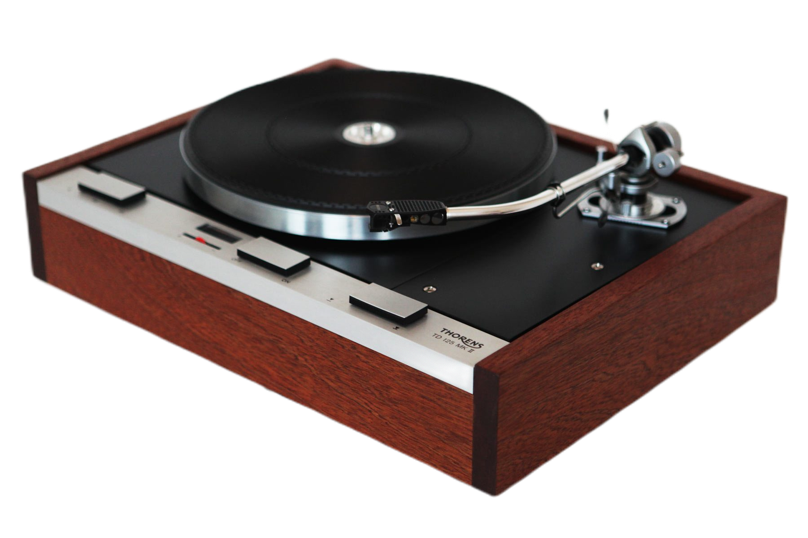
Thorens TD125-2
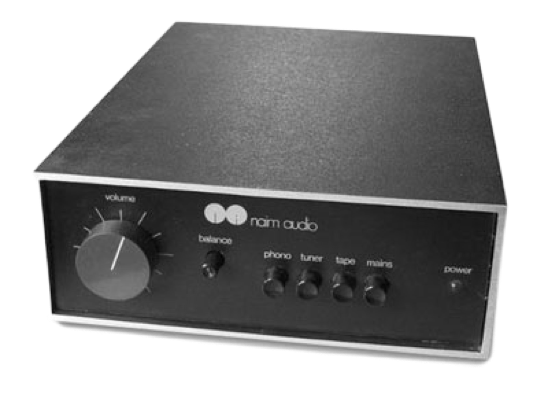
Naim Nait
1980, Switzerland, manager
Barely fired, I was immediately hired by a competing company, so happy with the opportunity :)
I create their first real "auditorium".
I adopted Thorens (at the beginning, the TD-125), Goldring, Logic, the first Naim Nait, the Jean Maurer 220 and 320 (Jean is a conscientious craftsman whom I met and appreciated a lot, even, based on my own research, directing him at the time towards the Philips 0140 tweeter), ESS with its Heil tweeter, Alpage, Nakamichi, JMR (Jean-Marie Reynaud), Revox (my first turntable with a tangential arm, but not the last), and I am forgetting some.
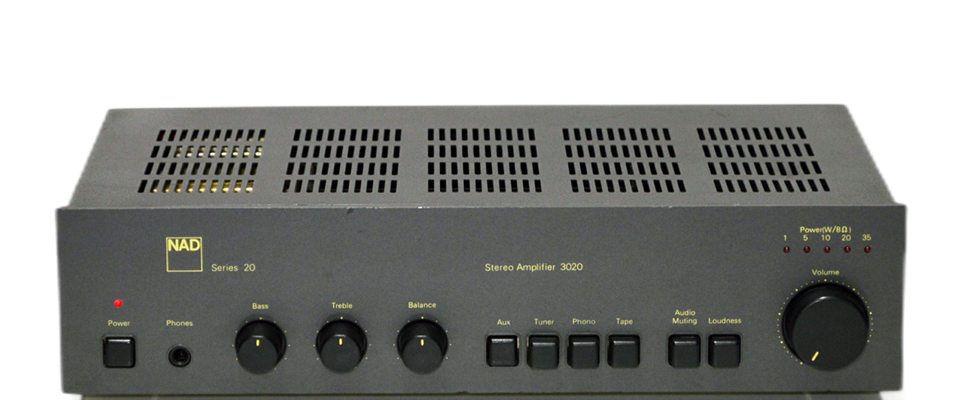
NAD 3020
This year saw my first test of the NAD 3020. It was still unknown, but the next day I put my ten other entry-level integrated units, Japanese like Luxman or American like Harman Kardon, in the store window on liquidation sale!
The NAD was poorly built, even bent (!), but its musicality...
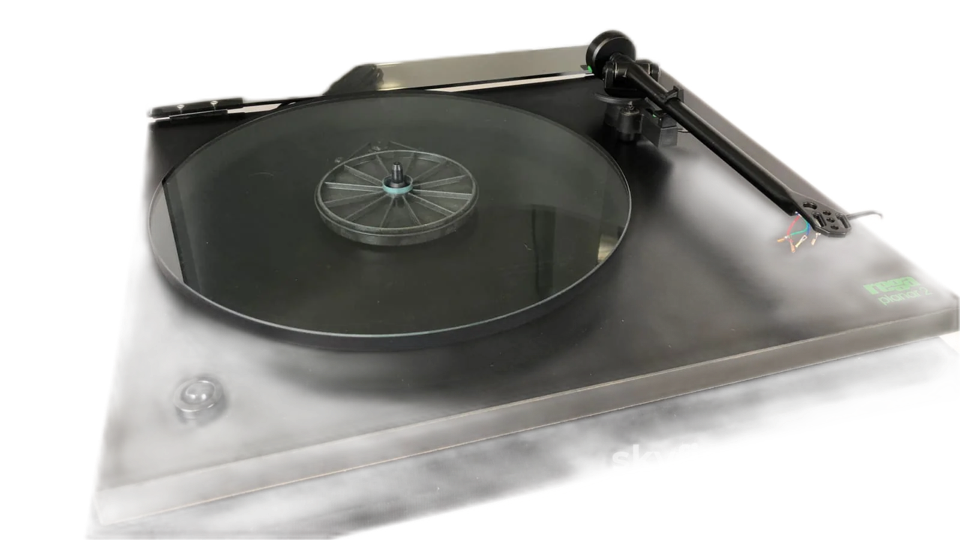
Rega Planar 2
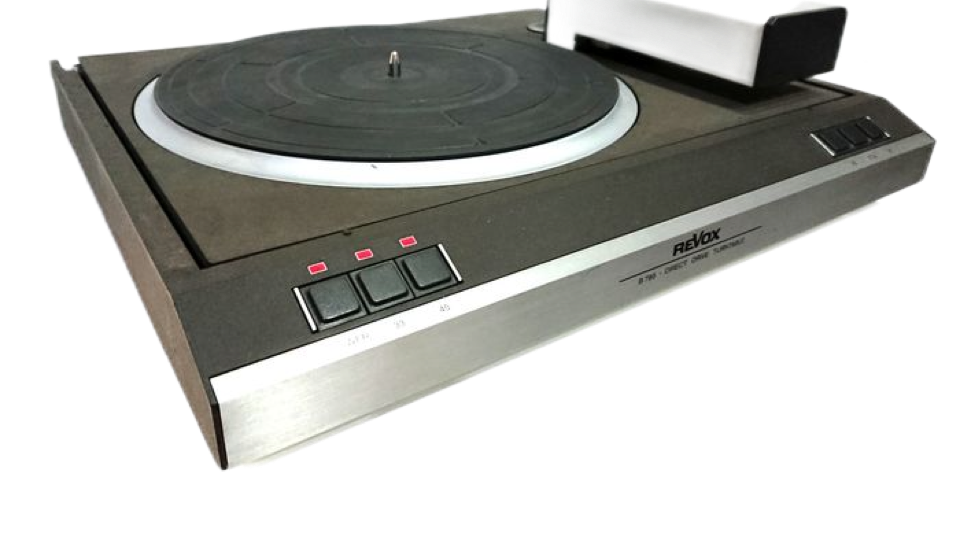
Revox B975
I brought the Rega 2 and 3 to Switzerland but rejected them at first because of disappointing manufacturing, with play between the glass platter and the plastic drum... they quickly corrected these mistakes in the next batches :).
I launched a "real record store" section with my two passionate young saleswomen.
I bought hundreds of LPs for my own use at that time, and the covers still have labels marked "Tele-Gil" :)
I had the opportunity to equip a movie theatre. In the projectionist's cabin, I discovered in a small "Gaumont" tube amp (I didn't know they had made any), with its very long cable all the way to behind the screen. Impressive !
I tried it with a simple pair of JBL L96, the sound was great :)
My company, which has several stores, began to have difficulties and had to let me go, but the owner offered to guarantee my first bank loan if I started my own business... a nice gesture.
Returning to the same city (Yverdon) ten years later, I had the surprise - and the consolation - of finding that of the three store branches, only "my" auditorium had survived.
Oh well...
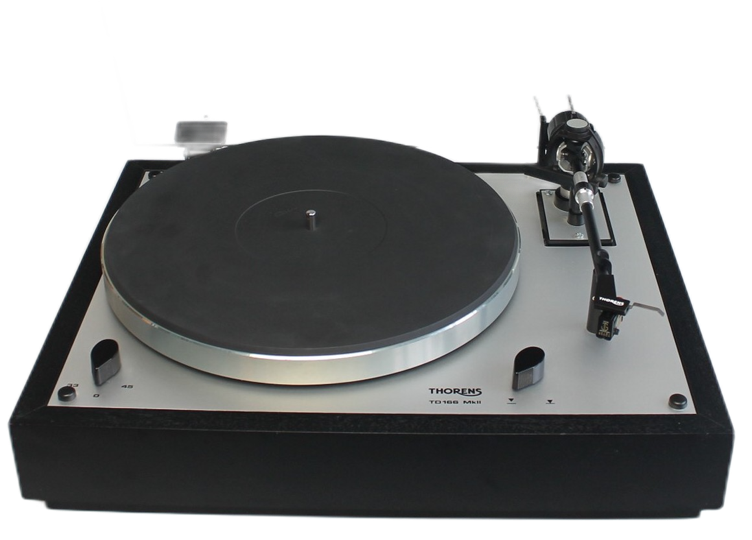
Thorens TD166 MkII Super
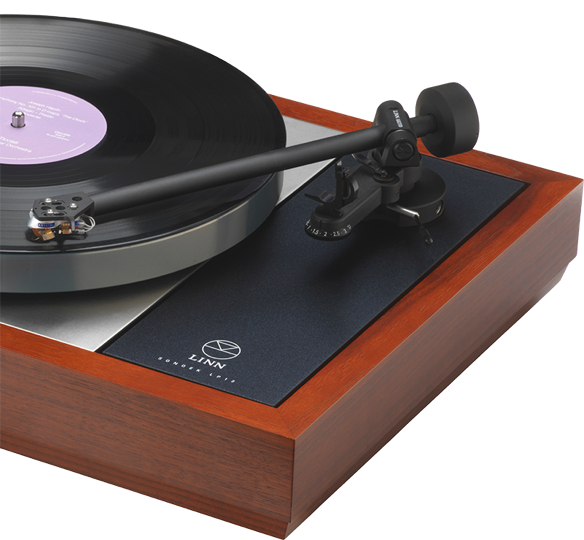
Linn LP12
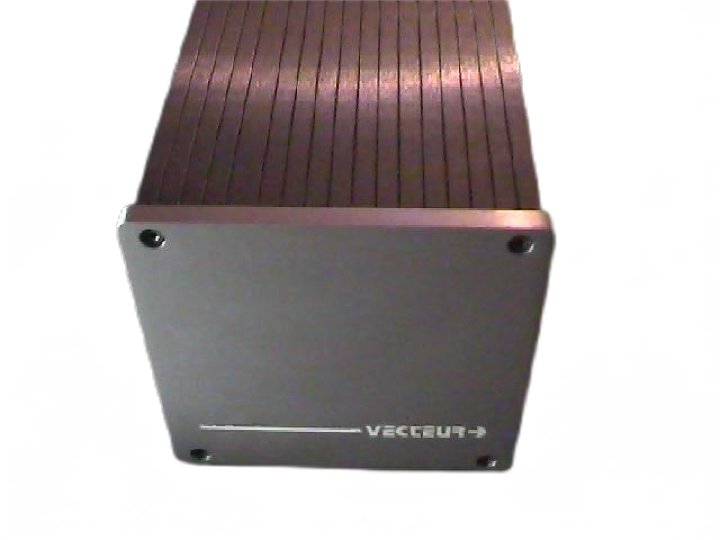
Vecteur Transfo MC
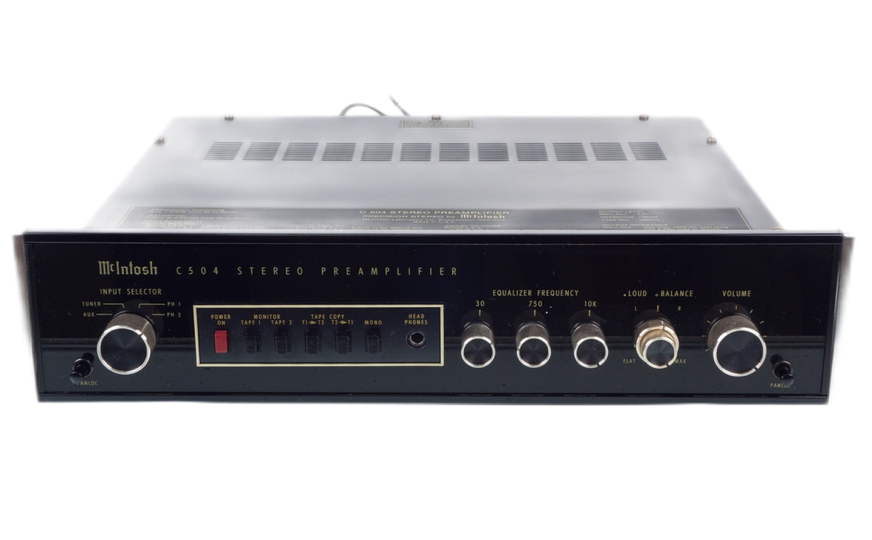
McIntosh C504
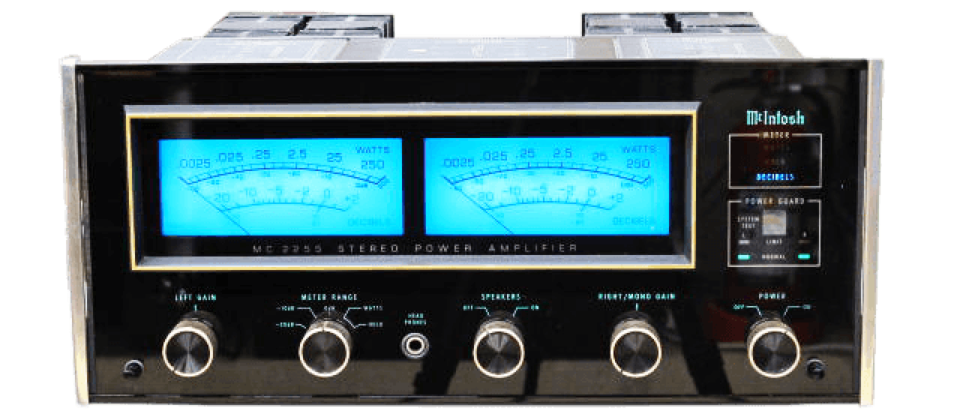
McIntosh MC2255
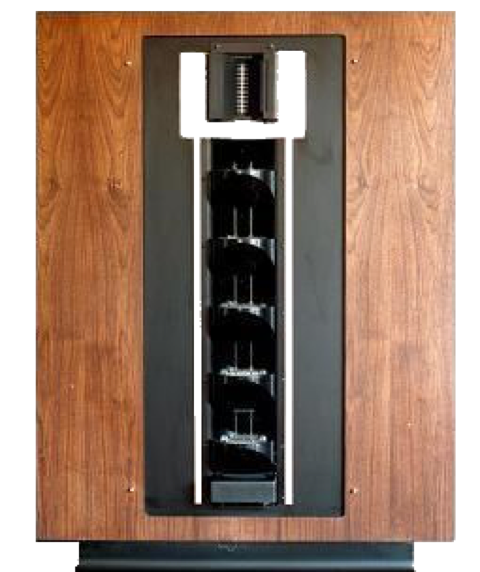
ESS Transar 1
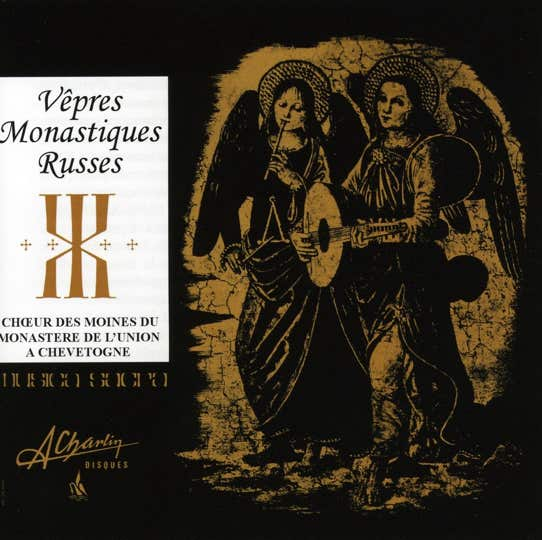
Charlin - Les Vêpres
1981, Switzerland, "Independent"
After a few weeks of hard thinking, and noting that I had an impressive stock of components at home (because I was paying for them from my own pocket to do extensive tests quietly), I made a decision that would lead to everything else: I became an independent reseller!
I started with the brands that I had approved (from memory: AKG, Electro-companiet, ESS, Goldring, JMR, Linn, McIntosh, NAD, Naim, Nakamichi, Rega, SME, Thorens, Vecteur, and others). Success came instantly!
I imported Magnepan for French-speaking Switzerland.
I added Vecteur, and then — because the distributor, Philippe, refused to "take the risk” — I became the exclusive Swiss reseller for the Vecteur turntable. This led me to encounter Maurice Yetta's Vecteur Group. Also, my first unipivot arm.
Sale of Famco electronics (Nuance preamp and Plénitude amp based on a licence granted to Peter Hansko by no less than Stan Curtis of Cambridge Audio fame). They later become Vecteur. Then the YBA model 3. Each time I remained the reseller (and later distributor) for their new "incarnation." Moving from Lausanne to a centuries-old farm, at last I had first-class acoustics :).
A typical personal system from that era: Linn LP12/Ittok/Karma, McIntosh C504 (their "slim" series, I regret selling my tuner from that time!) & MC2255 (the only Mac amp I've ever loved, more even than the tube MC275...), ESS Transar 1, GBH cables (the first truly "audio" cables commercially available, made in Italy).
I bought a second pair of ESS Transar 1 (to compare the modifications). These were the first significant improvements to the tweeter (felt, damping, rewiring…). This later led to a meeting with Oskar Heil, inventor of the AMT, at a trade show. He suggested that I join him at his laboratory in California. Unfortunately, I did not have time to do so before his passing in 1994.
I joined the "Vecteur group" with their listening facility in Paris. This was marked by the discovery of the first spikes (well, first... nails... and yes, we were the pioneers of the use of spikes in Hi-Fi), the first cones (I still have my original box of Vecteur cones), the first Vecteur coaxial audio cables... great times!
Acquisition by Philippe of the binaural archives of André Charlin; production by him of the first six LPs, which were played on my Vecteur turntable (with the Vecteur-Lurné arm), transferred to Nagra T at 76 cm/s, purged of clicks by him (before digital — he had to do up to 400 "cuts" per reel) and edited. "Le bœuf sur le toit" by Darius Milhaud and "Les Vêpres monastiques russes" are still interesting musically, in addition to the superb binaural experience. It's hard for me to listen to LPs of the time, or CDs produced afterwards, without feeling a hint of nostalgia.

Creek 5050
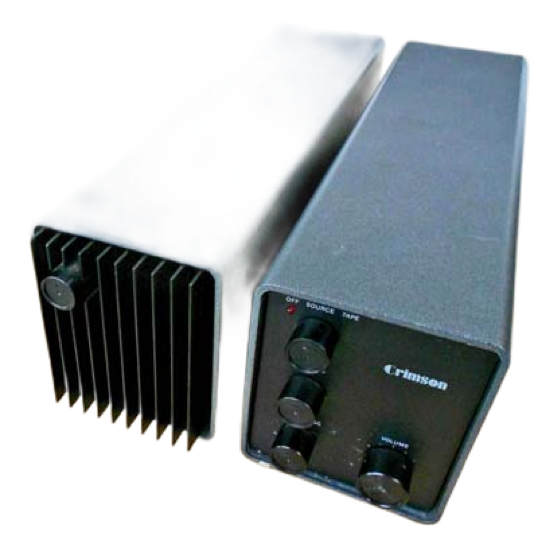
Crimson 610 & 630
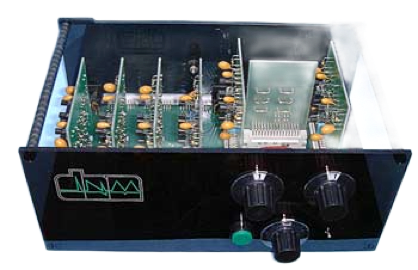
DNM Pre
1984, Switzerland, Presence Audio
October 10: the launch of "Présence Audio", a high-fidelity auditorium, in an apartment in Lausanne.
For the same investment, I could have chosen a "traditional" store... but two years of experience "at home" convinced me it was the best way to share a listening experience, even if it was much less easy commercially.
Despite this, it was incredibly successful from the start, with 311 systems installed in 18 months, all advertising solely by word of mouth from 4 customers!
I added a lot of English products: Creek, Crimson, DNM, Logic.
I was the Linn/Naim dealer for French-speaking Switzerland, which earned me a visit to the two factories, and some anecdotes shared with their founders... for another day :)
I'd been selling a lot of Naim Nait since 1983, but then I quit Naim because I didn't like the NAC 42 and NAP 110.
I also sold a lot of Linn LP12 turntables, up to the Ittok/Karma combination, quite a few loudspeakers (Kan, Sara and Isobarik), but I rejected the LK1 and LK2 electronics.
From Linn, I learned (and unlike some people, remained faithful to) the importance of the "single speaker demo room", matching components, and their famous "garbage in, garbage out"... it was their great contribution :).
And I took the idea of the "spikes" from Vecteur to Ivor, who laughed at me on the balcony, before... declaring a few months later that he had discovered the spikes himself for his speaker stands... such is the small world of hi-fi.
But that was nothing compared to the coming rivalry between Ivor and Julian...which went all the way to cars...Ivor had chosen a 'group A' style Peugeot, Julian...a 'boosted' Jaguar. A ride at mostly illegal speeds on the small roads shook me to my bones :).
I am not a "marketing guy.” It was just out of passion for photography and cinema that I created for Magnepan — with Crimson and Logic — the first Hi-Fi advertisement to be shown in a local cinema. We started with a professional shoot (made with a Sinar camera, Schneider lens, 50 kW of lighting... no cutting corners!), and screened it in a little movie theatre. For the first time, the film was "Hail Mary" from Godard :). I still have the proofing print...
I pushed my product tests as far as ever. For each new component, after a complete break-in, I plugged it in with "everything" I had, including the "accessories," until I got the best out of it... to the point that my auditorium was becoming the preferred testing location for several distributors (Karlev for Creek, Crimson, DNM; Philippe for JMR, Vecteur, YBA; etc.). It took me 8 years (!) to agree to sell my first CD player (a small integrated Luxman), because even my affordable turntables (Thorens TD166 MkII Super, arm Linn Basik, Goldring or Denon DL103) made all players, even very expensive ones, unlistenable. A group was even created by my competitors to boycott me: ”SAC” (for Swiss Audio Control... aptly named). Its ostensible function was to work as a group to obtain good purchasing conditions. They called me a "business destroyer" :)
One day, invited by Philippe Zumbrunn, Stefan Kudelski, the founder of Nagra, came to Présence Audio to test his prototype CD player. CDs weren't on the market yet, and even the disc was a prototype.
The sound engineer, Marcel Cellier, came too, with his recording "Le Mystère des Voix Bulgares" on LP and also pre-burned on a test CD.
To Stefan's amazement and disgust, listening to the Vecteur turntable (with the Vecteur-Lurné arm and an AKG1000) so dramatically crushed CD playback that Nagra postponed the release of its player to a better day. (Kudelski would finally release it in 2007.) In addition, the much-vaunted dynamics of the CD turned out to be pathetic.
But the baroque revival (especially with Erato) only happened on compact disc. To appreciate Christopher Hogwood or Nikolaus Harnoncourt, you needed a CD. My clients harassed me a lot :).
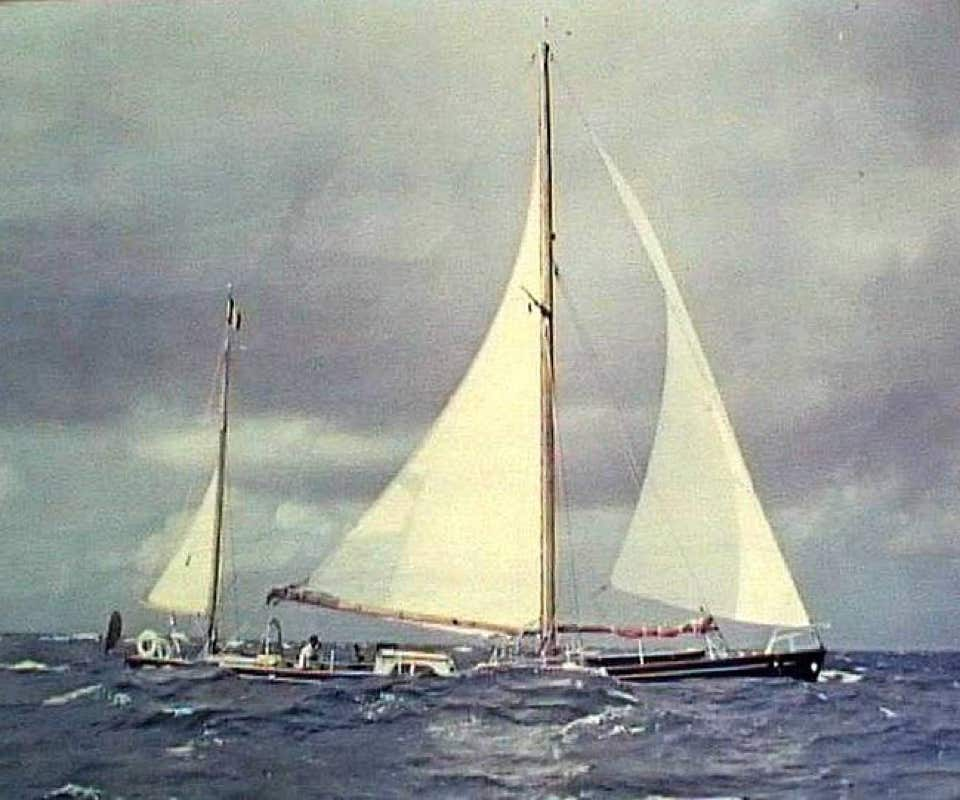
Askoy
1986, Switzerland, Lys SA
I sold "Presence Audio" to my friend Philippe, intending to spend 5 years alone at sea. The store is still open in 2023. He first moved it from Lausanne to Nyon, then to Geneva.
I started looking at ads for sailboats... and at first came across Askoy, Jacques Brel's boat, which I loved so much!
Becoming a distributor was not my goal, but something unexpected happened: during a trade show, Jean-Marie Reynaud, observing that I represented 70% of JMR's sales in Switzerland, asked me to become his distributor!
After a very long hesitation, I accepted, saying to myself, "Well, for a year at most, then I'm leaving.”
I didn't leave after all. That was the end of my offshore sailing dream, and the continuation of my long adventure in audio. I launched Lys SA, as distributor in Switzerland for JMR initially, then later also for other brands, including BH (Bruno Henry), Ram, Vector, YBA.
I had made friends from Quebec during my university years in Brussels, promising them I would visit Quebec one day... hence the idea of choosing the "fleur de lys" as the logo for my company :).
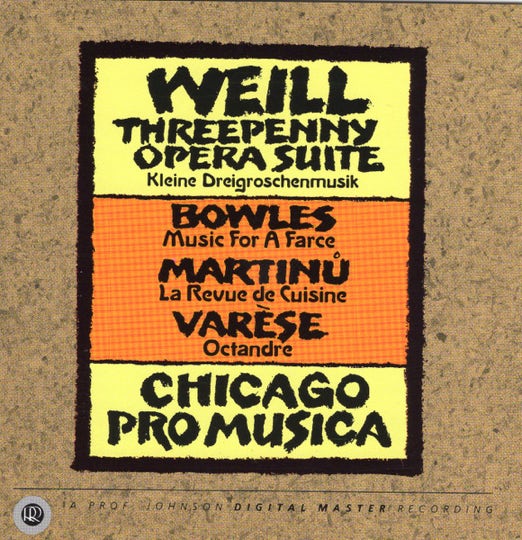
RR-29 CD
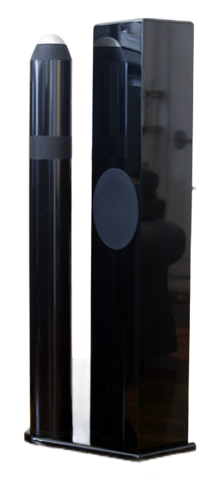
JMR Référence
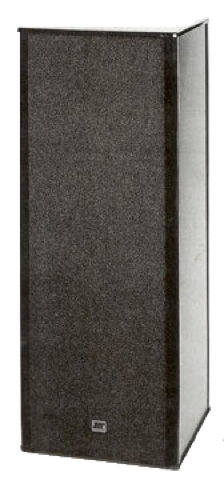
JMR XOC
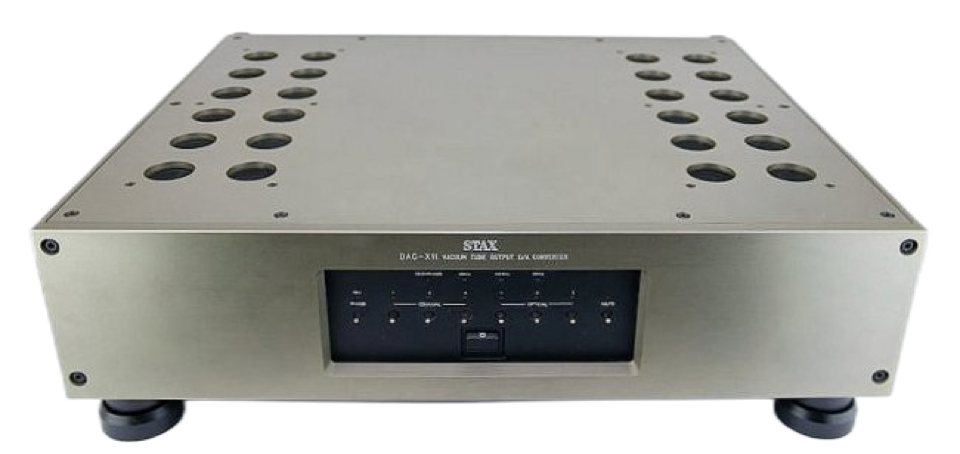
Stax DAC-XT1

RR-29 LP
1987, Switzerland and Germany, Lys GmbH
JMR was very successful in Switzerland, the line really had a very special musicality for the time, from the small Duo to the Recital!
Also fascinated by omnidirectional speakers, JMR released the “Reference”: omni for the medium and the tweeter, more traditional with the bass. A superb speaker, with a price to match (30,000 Sfr at the time).
While bringing my first pair from France to Switzerland on the roof of his car, he was stopped by Swiss Customs who thought it was... a missile.
He ended up being allowed to cross the border, but didn't arrive until dinner time — very angry with them.
The Opus was original, with its 24 dB/octave filters. A friend, a Sony representative, saw an Opus disassembled in their laboratories! Nice involuntary compliment coming from a "big brand"...
(By the way, this was another model name that Audiomat shared. It’s confusing, but the reason is simple: they both like to use words from the musical lexicon.)
Given the sales in Switzerland, Jean-Marie pushed me to open an additional distributorship. I felt I'd rather wait a few years, but he was persuasive :).
After hesitating over Italy, I launched the German branch, Lys GmbH, in Heidelberg.
This was the beginning of tube amplifiers with BBAP (British Built Audiophile Products), an irony of Bill Beard who had been dispossessed of his eponymous company.
There were lots of failures. Bill was pushing his pairs of EL34s to 50W max, they were "glowing red" all the time.
There was enormous success with the small Vecteur Première mini-monitor speaker, still highly sought after.
We saw the release of the only bad series from JMR, the XO range. The rise of Triangle had worried Jean-Marie, who wanted to try a more contemporary design, with sides in synthetic material, top and bottom in methacrylate. They were a disaster for me; the tops, fixed with some kind of sticky paste, came off during my exhibition! I spent half a year trying to repair the damage, including the cancellation of a contract for 110 resellers with the Expert group, which had, like me, fallen in love with the previous range. A last-minute break, I did the next show with the Vecteur Premiere.
Jean-Marie then released a revamped range, but it was too late for me.
Always passionate about analog/digital comparisons (I still am, because I don't like "religious wars"), I assembled my first serious CD player set: a 700.00 (!) Pioneer transport, with the reversed disc, and a 28,000.00 (!!) DAC, the tubed Stax DAC-XT, of which I was the only owner in Switzerland. Even the distributor did not want to take the risk of storing one!
The Pioneer sounded better than the more expensive US and Japanese transports; and the Stax, with its 7 power supplies, its Golden Lion tubes, its superb chassis, was the first DAC to be so musical!
For the comparison, having done sound recording, I knew that many CDs were remastered; I needed absolutely similar sources.
I had to purchase more than 300 (!) CDs and LPs to find ONE album that sounded the same on both sources. It was the "Chicago Pro Musica – Weill - Varèse - Bowles - Martinů" RR- 29 from Reference Recording. I still have those discs!
I discovered — late to the party — the work of “Professor” Keith O. Johnson, his calibrated microphones, and very early in his career his choice to record as naturally as possible.
My Vecteur turntable (still a reference to this day) compared with the Pioneer/Stax: there were many more similarities than differences! Since that day, I have always pushed analog and digital in parallel, never opposing them, but taking the best of each as a reference for the other!
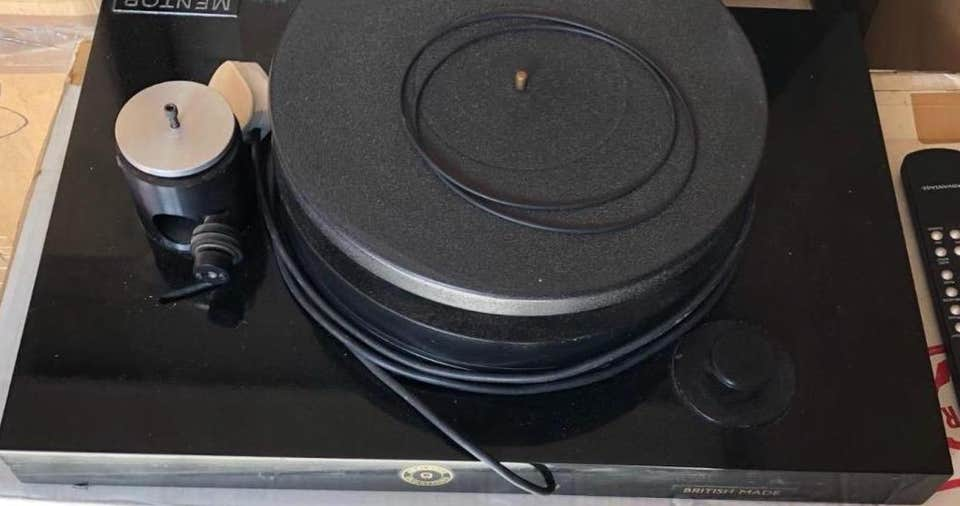
Nottingham Analog
Mentor Carbon
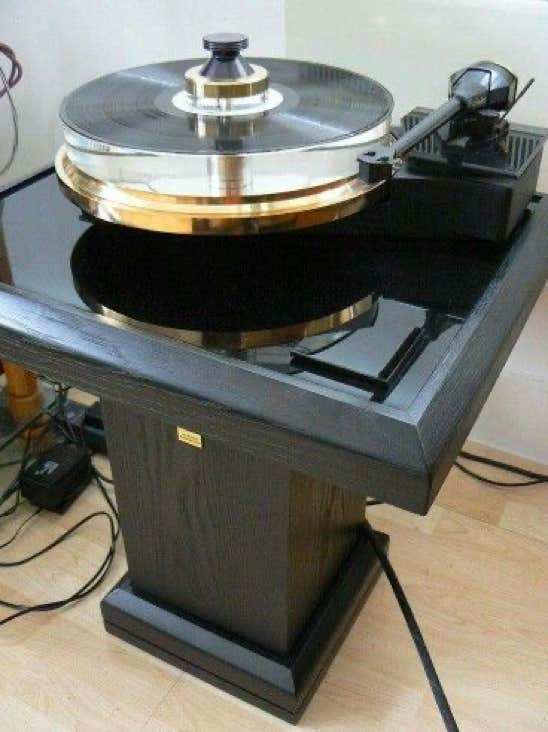
Oxford Acoustics
Crystal Reference
Gen 1
1988, Switzerland, Germany and England, Oxford Acoustics
My Vecteur turntable remaining the reference, I still sell Linn and other English brands (Logic, Pink Triangle …) and I import Oracle (the Delphi) from Quebec. I was still looking for an "English" reference turntable.
I imported an amplifier, the Inca Tech Claymore. Colin Wonfor, the designer, told me then that the two best turntables at the moment were the Nottingham Analog Studio and the Oxford Acoustics.
I purchased both: a Nottingham Analog Mentor Carbon (youtube link) and a Oxford Acoustics Crystal Reference.
When listening, the Mentor had a slightly deeper bass, but the Crystal Reference was airier and more dynamic. I made this one my favourite... and finally met Fraser Shaw, its creator. First, I bought a majority of shares in their English distribution, Oxford Distribution, and later in their manufacturing unit, Oxford Acoustics. The new entity was called Acoustics Limited and was based in Abingdon near Oxford.
The success was enormous. We ended up manufacturing 300 units per month, all products included (phono preamplifier, preamplifier, amplifier and three turntable models).
For example, a German retailer in Bamberg bought the small turntable model (the Crystalette) from us in monthly batches of 25 units!
We created innovative products of such beauty that a journalist visiting one of our shows afterwards called us "the B&O of the audiophile".
Another journalist from the United States even told us that she would like to propose them to the MoMa!
We developed a unique technique for our "black lacquer" finish, with a paint booth isolated by ultra-thin water curtains. In two passes we obtained the same result as a real Chinese lacquer with its seven layers and its seven sanding operations.
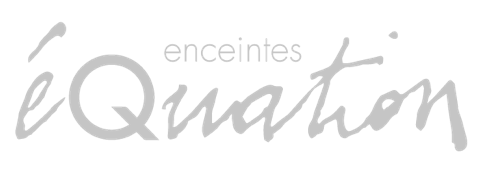

The Thiel tweeter
1989, éQuation
My group was present in several European countries, developing fascinating products and employing nineteen full-time staff. Then came the discovery of éQuation, loudspeakers that will make me happy for decades!
Christian Clobus was the first designer to have commercially produced loudspeakers with a series filter (a technique already mentioned in an English acoustics book published in 1948!). He was also the first to use German Thiel ceramic loudspeakers for the 1C model, and did so for many years, to be copied but not equalled by very big brands thereafter.
An anecdote about éQuation: in 1992, Maurice Béjart, whom I knew from Brussels, created his Rudra ballet school in Lausanne where I lived; he came to my house one day to listen to my system. He and his sound engineer, Wilhelm (I forget the spelling, sorry) fell madly in love with the éQuation. They wanted to install a pair in their new venue, the Metropole, but their Swiss manager refused, arguing that they already had a ton of pairs of Bose 901!
A nice example of a "bean counter" :)
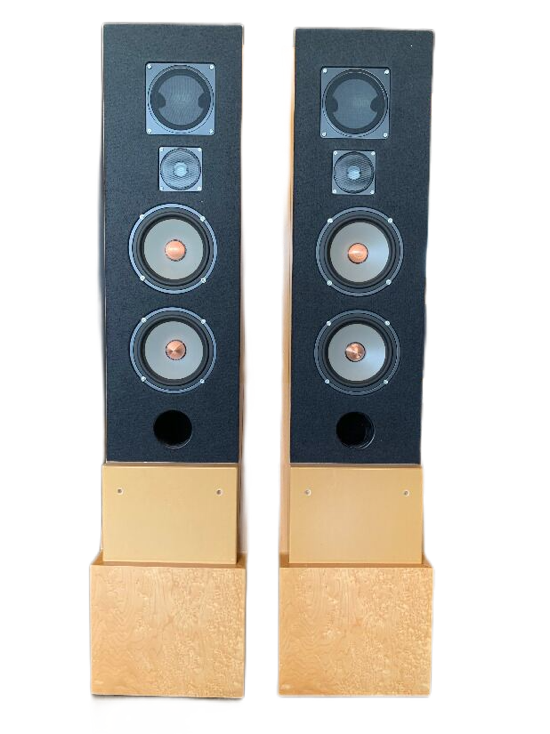
The éQuation 30
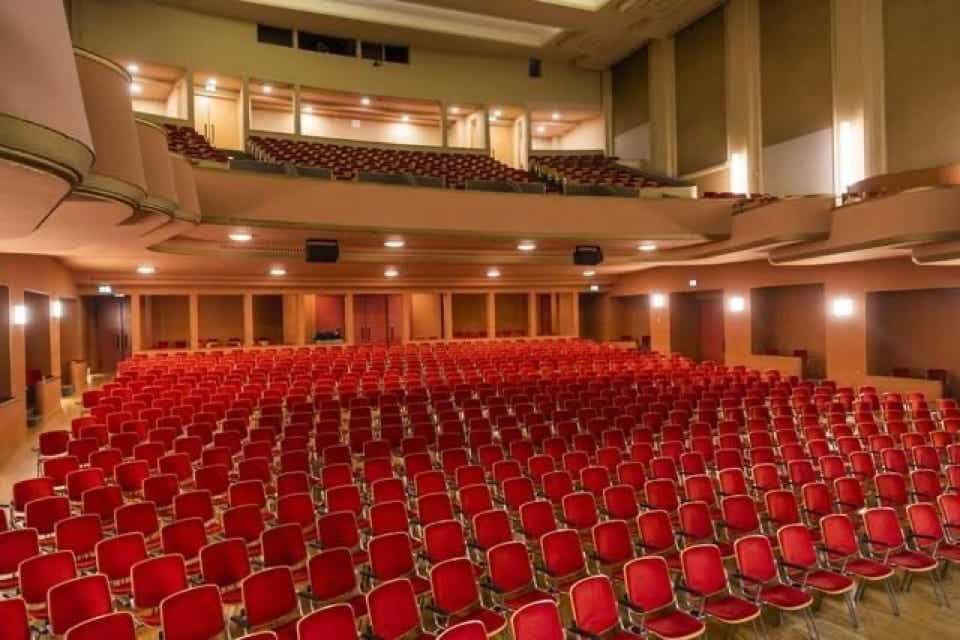
The Métropole
in Lausanne

1989, Audiomat
Christian distributed Audiomat for the Benelux, and he encouraged me to try their amplifier.
Discouraged by my troubles with BBAP, I refused, thinking that "tubes = worries."
He helped me to understand I was making a mistake and that I just needed to buy one, and then send him my comments if I was disappointed.
I surrendered. In June, a Prélude arrived at my house.
And I fell out of my chair...
In terms of image, my other electronics (including Electro- Companiet, McIntosh, Vecteur, YBA) did better.
But the dynamics were out of the ordinary, the inflections too (the "phrasing"), and above all... the performers were there, alive in front of me.
That day, one of my most beautiful audio adventures began, and I didn't know it yet.
It has never ended...
Another pleasure: the humility of the Clarisse brothers, which contrasted nicely with the overinflated ego of so many audio manufacturers. After my listening session, I called Audiomat to share my enthusiasm, and my remarks on the image. The reaction was “Ah. Well, then, we'll get to work on that!”
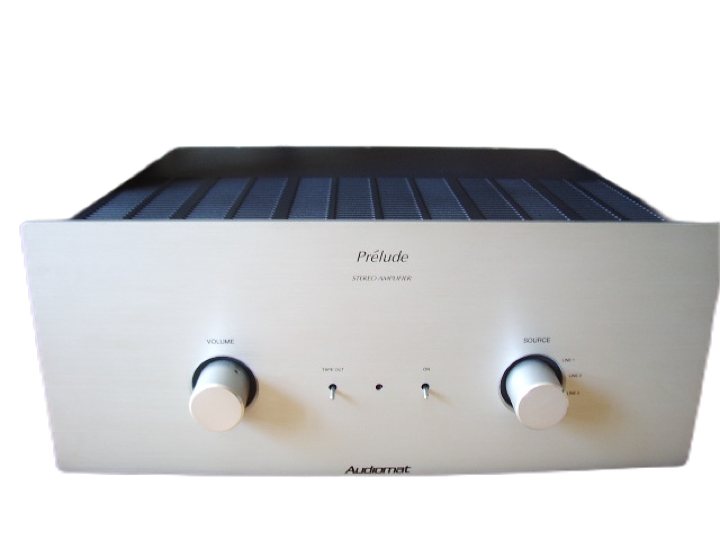
Audiomat Prélude

CEC TL-1
1991, CEC
Convinced by belt-driven turntables, I discovered a belt- driven... CD player!
I immediately fell in love with this first CEC, the TL-1. Learning that Audiomat was developing a prototype based on a Teac VRDS mechanism (very good, by the way), I offered to compare them.
I travelled from Switzerland to Provence, and almost immediate came the result: the CEC was so fluid, analogue-sounding, that Audiomat stopped developing their own transport!
It would take a very long time for them to try again, with their D1 Drive.
I then represented CEC for French-speaking Switzerland, and adopted these transports (TL-2, TL-3, TL-1X,) which, married to Audiomat converters, offered me an analog sound that I could not find anywhere else.
Even today, the association of these two brands is famous among many audiophiles.
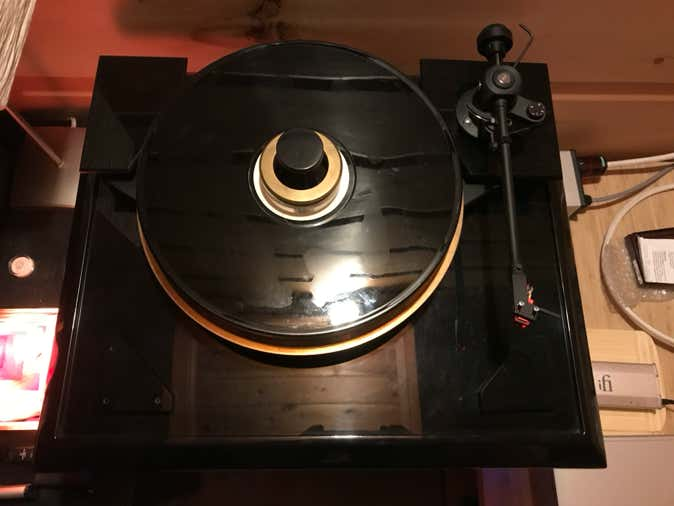
Oxford Acoustics
Crystal Reference
Gen 2... mine
1991-1993, an involuntary break
We were on the rise. But then two serious family events, which affected Fraser and then me, added on to my second burnout (one cannot work up to 18 hours a day without paying for it with one's health), finally pushed me to stop the operations of all four companies. I determined never to work so much again, and that if one day I returned to High-Fidelity, it would be with a small company!
From this adventure, I kept a few Oxford Acoustics devices and my Crystal Reference turntable. Every time a visitor wants to buy the CR from me, I jokingly answer that I am ready to let it go for the amount it cost me, and they are excited until I announce the amount. It would be 1.1 million 1990 English pounds — the amount of my abandoned English investment.
We had developed a tangential arm prototype based on the Air Tangent. I left it to my partner… I mounted on this turntable the single arm that Ernst Benz had made (a prototype as well, it looks a bit like a cross between a Linn Basik and a Rega). He agreed to sell it to me because we were buying MC2s from him in quantity.
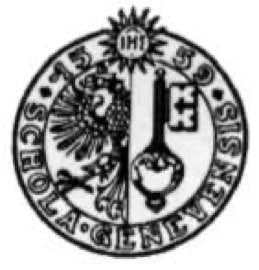
Université of Genève
1993-1995, studies
Two years of study at the University of Geneva followed, in musicology, linguistics, sinology. Wonderful years... if I could spend my life studying, I would!
A friendship grew with Étienne Darbellay, professor and Director of the Department of Art, History and Musicology. Just before my departure for Canada, he, to whom everyone gave products all the time, purchased a system with actinote, Audiomat and éQuation! He wrote, "This amalgam between Equation and Audiomat is undoubtedly a more seductive drug for a music lover than the best of wines for an informed gourmet (and I speak as a connoisseur!)."

Audiomat Prélude 1997
1996: the move to Montreal
1997-1998 saw the founding of Mutine Inc. in Canada, then of Mutine Corp. in the USA.
The first show was in January 1998 in Las Vegas — not a good memory, but I met Wes there, my future dealer in Alberta.
Mutine was exclusive distributor for Audiomat, Equation, Vecteur. We tried to start slowly, but the North American market was rather “dynamic,” and success came fast.
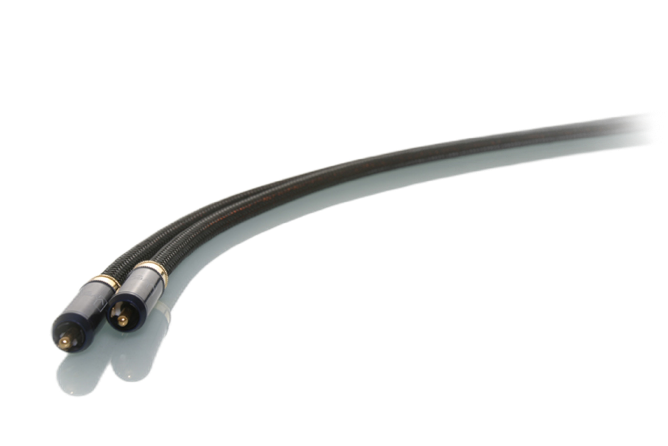
actinote MB NextGen
1998: actinote
Christian, who created éQuation, had been looking for a cable that would satisfy him for a long time. He met a researcher at the CNRS (National Center for Scientific Research) in France. This one had some original ideas. There were prototypes, listening... for me, even if some audiophile parameters were not paramount (this would come over the next years), these cables had a unique quality: naturalness!
For the first time, Vecteur cables and my other brands were surpassed.

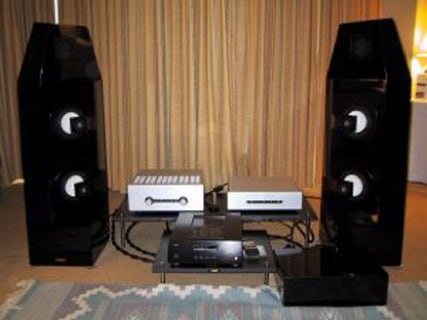
Montreal FSI 2000
2000, the US "takeoff"
Audiomat France could not deliver enough for my markets, and still refused to grow — authentic artisans!
Since I already had manufacturing experience with Oxford Acoustics, they offered me the chance to manufacture the amplifiers and phono preamplifiers here in Canada.
The North American network grew over the next few years, sometimes reaching a hundred resellers, some of whom shared my philosophy.
At the Festival Son & Image 2000 in Montreal, Mutine exhibited a system with a CEC TL-1X, an Audiomat converter and amplifier, and the ÉQuation Gaya, a real "binaural" loudspeaker that fascinated all visitors —and the press!
Click on the image
for a larger resolution
2001, the Canadian manufacturing
We manufactured Audiomat products, under license, in our premises, first in Laval, then in a superb building in Blainville, QC.
It housed a manufacturing workshop, an after-sales service section, an office with a cafeteria corner for employees, huge storage with loading ramps... everything we needed :)
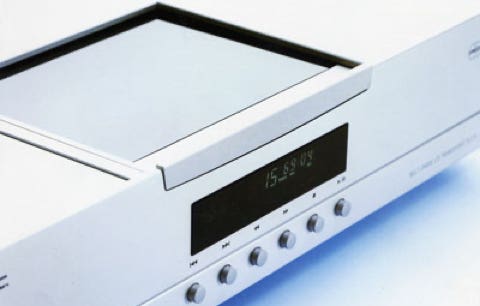
CEC TL-51Z
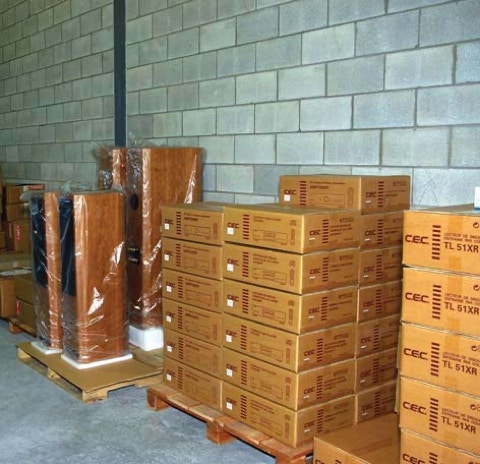
Storage area
2004, CEC, second time around
As soon as I arrived in Canada, I started recommending CEC to my resellers, even though I was not the distributor.
This earned me a nice "thank you" from their Vancouver rep, who said he had never seen such a thing :).
And personally, I continued to use the brand (the TL1X model) in my system.
But their distributor only sold very few of them. I ended up taking over distribution for Canada and the USA.
I convinced several customers of the beauty of the flagship of the brand, the TL-0X, before the release of the Audiomat D1 Drive.
Above all, we sold a lot of TL51 (the X,R,XR and XZ versions).
Two reports on Mutine: Son & Image and UHF Magazine.

2005-2007, transfer of manufacturing for éQuation
In 2005, Christian, the founder of éQuation, moved from Belgium to France. This put him far from his acoustics workshop and his cabinet makers, and out of the blue he asked me to take over manufacturing his loudspeakers. We were starting the development of the next generation, and Mutine was investing a lot: prototypes, components.(Just the internal/external wiring of the Gaya was worth $11,000 and our "custom" speakers from Thiel were also very expensive.)
My engineer, Sylvain, devoted hundreds of hours to mechanical development (CAO etc...).
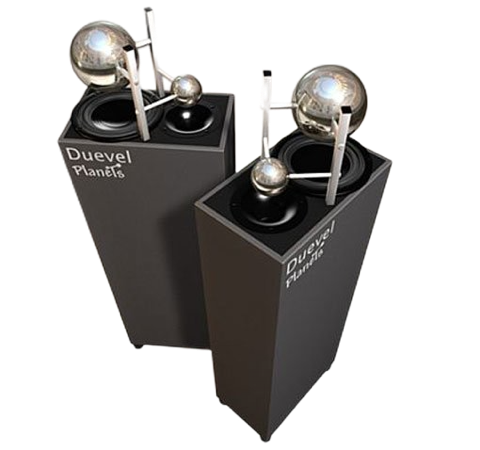
Duevel Planets Gen1
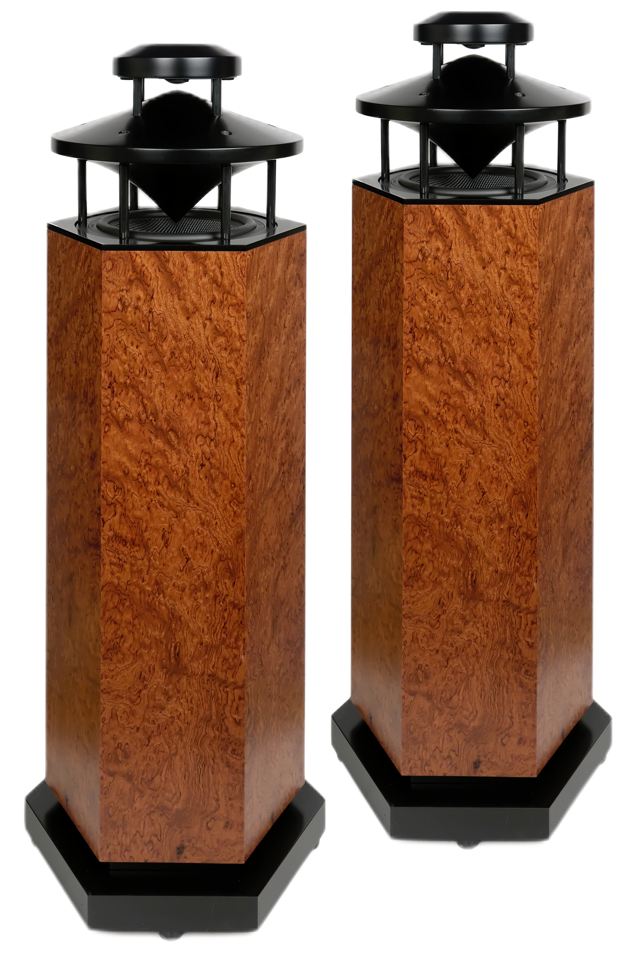
Duevel Venus
2007, Duevel
In 2006, Christian lost all interest in Equation, his own brand! He had discovered Duevel and considered that they "got it right" regarding the basic principles of a loudspeaker — no less!
My first reaction was frustration. To find out what was going on, I went to Paris, where a first listen to the Duevel Jupiter did not convince me.
At this time I still shared many hopes and plans for audio with Christian, and this disappointment disconcerted me. I went back to Paris, and this time I discovered the Duevel Venus. It was languishing in poor conditions (a wall of speakers, at a retailer), but despite this, I perceived that “something” out of the ordinary was happening. On the way back, I ordered the Planets and the Venus, and I started listening.
With real omnidirectional speakers, it takes time to adapt. You need to leave behind the "over-focused" sound of traditional speakers — their pleasant and fascinating spatial precision (which was also one of the many strong points of éQuation) — and realize that listening to them is simply closer to listening to a "live" event!
It took me several months to convince myself, but for me, and for almost all those of my customers who have adopted Duevel since, it has become very difficult to re-adapt to the "other" image after getting used to this one.
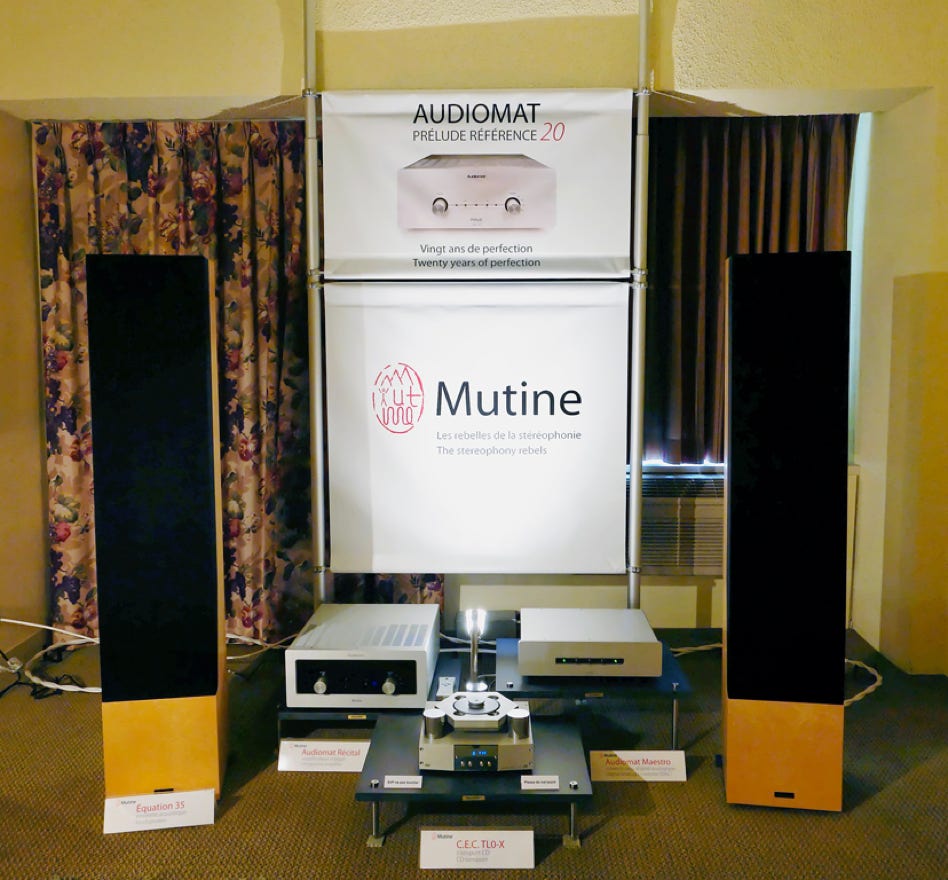
FSI 2007
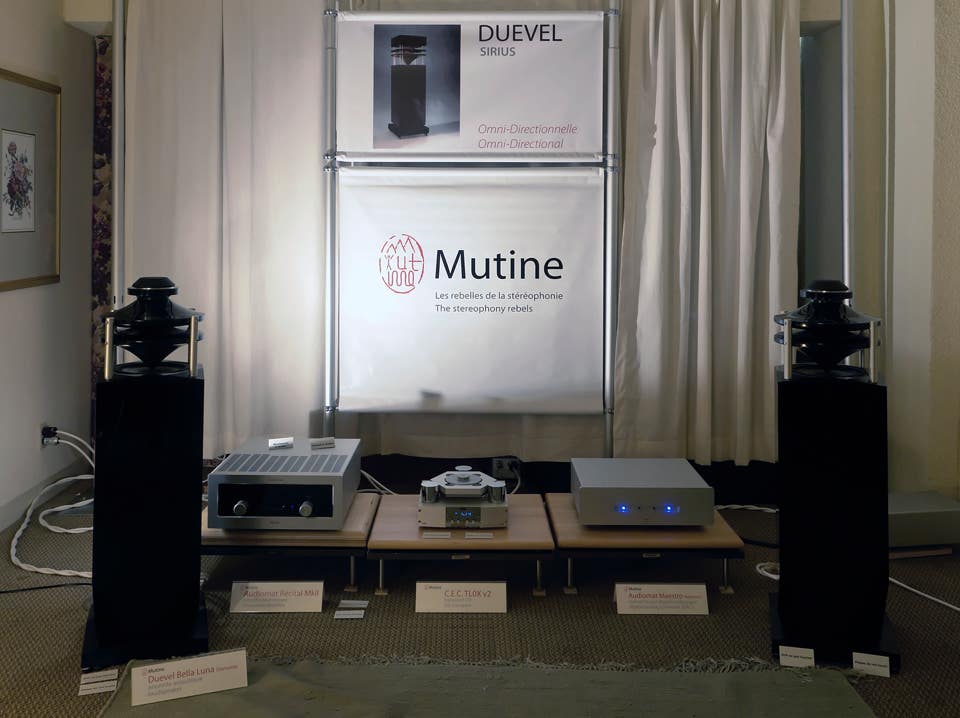
FSI 2008
2007-2008, the last shows
At the 2007 Montreal Son & Image Festival, Mutine exhibited the éQuation 35 in one room and the Duevel Planets in another. A page is dedicated to that exhibition.
Gérard Rejskind, of UHF Magazine, wrote:
"In both cases, the rooms were an oasis of musical pleasure which contrasted with the hideous noises emerging from a number of surrounding rooms, some sounding more like chains saws than music."
At the 2008 Montreal Festival Son & Image (my 22nd and last exhibition in 22 years, in Germany, England, Ireland, Switzerland and the US), Mutine exhibited the Duevel Bella Luna; another page is dedicated to that exhibition.
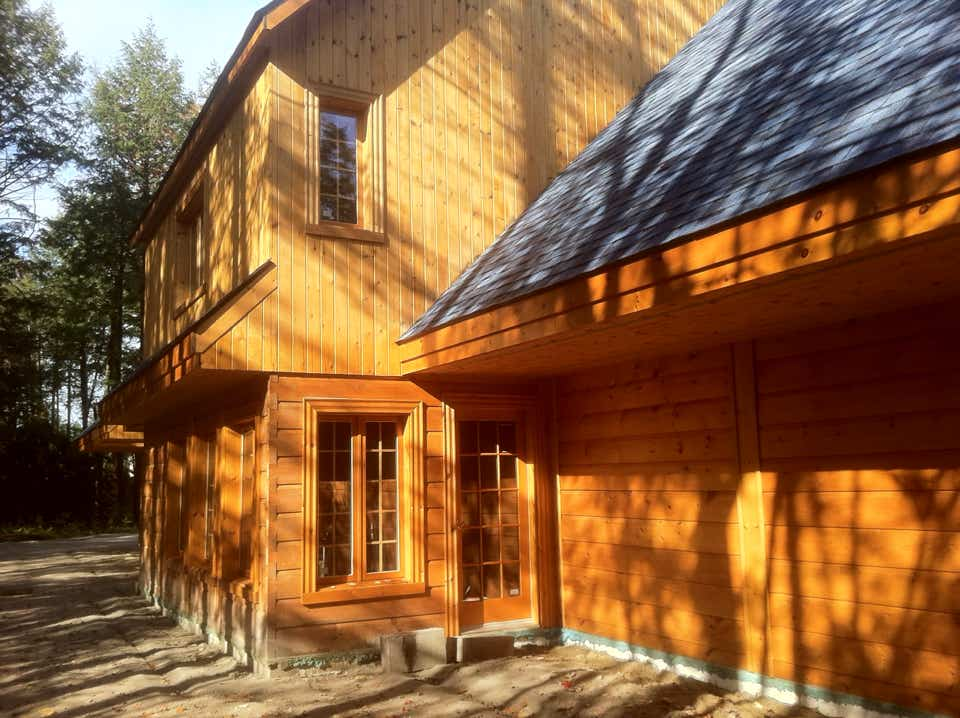
Les Lys
2008, back to basics
To my surprise, I fell back into the trap of burnout.
It is impossible to reconcile unlimited passion with the management of a company, with its employees and its infrastructure.
In June 2008, after thirty years in the business, I decided to take a semi-retirement. The idea of completely abandoning audio crossed my mind, but the reactions of my partners, and especially my clients, convinced me to continue... more quietly!
Above all, my semi-retirement allows me to fulfill my long-time dream: a bio-energetic, solar-powered, low-carbon-footprint home, with dedicated auditoriums, a lab, storage, a suite for guest clients, a photo studio and office space — and to be able to welcome my customers warmly there, as I could when Présence Audio started in 1984.
Two years and 2500 hours for the plans, and by 2023 already 30,000 hours have been devoted to the project!
The first auditorium, the workshop and a suite were launched in 2015. The construction of the third auditorium began in 2018... the rest can be found on the page "Mutine today".
© Copyright Mutine Inc. 2024